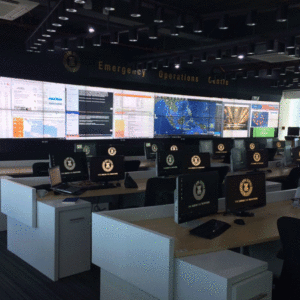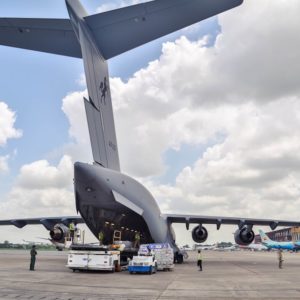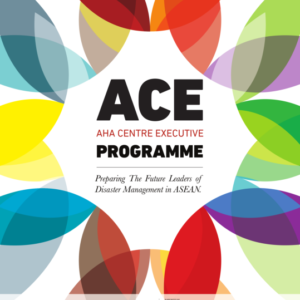In general, the AHA Centre classifies its activities into Disaster Monitoring, Preparedness and Response, and Capacity Building. Specifically, the roles of the AHA Centre are further specified in the AADMER Work Programme 2016-2020 as well as the AHA Centre Work Plan 2020. The AHA Centre’s office also houses the Emergency Operations Centre (EOC), which serves as the central location in monitoring disasters and coordinating ASEAN’s collective response to disasters.
To facilitate coordination and exchange of information among the Member States during emergency response, the AHA Centre provides an online-based platform called the Web Emergency Operations Centre (WebEOC). Using the WebEOC, Member States can monitor situation on the ground live, based on the information fed by the NDMO of the affected country as well as the AHA Centre field teams, including the Emergency Response and Assessment Team (ERAT). The other ASEAN Member States can post offer of assistance to the affected country. Similarly, the affected country can post request for assistance in the WebEOC, which other Member States can immediately respond. The WebEOC will only be activated when a disaster happens.





